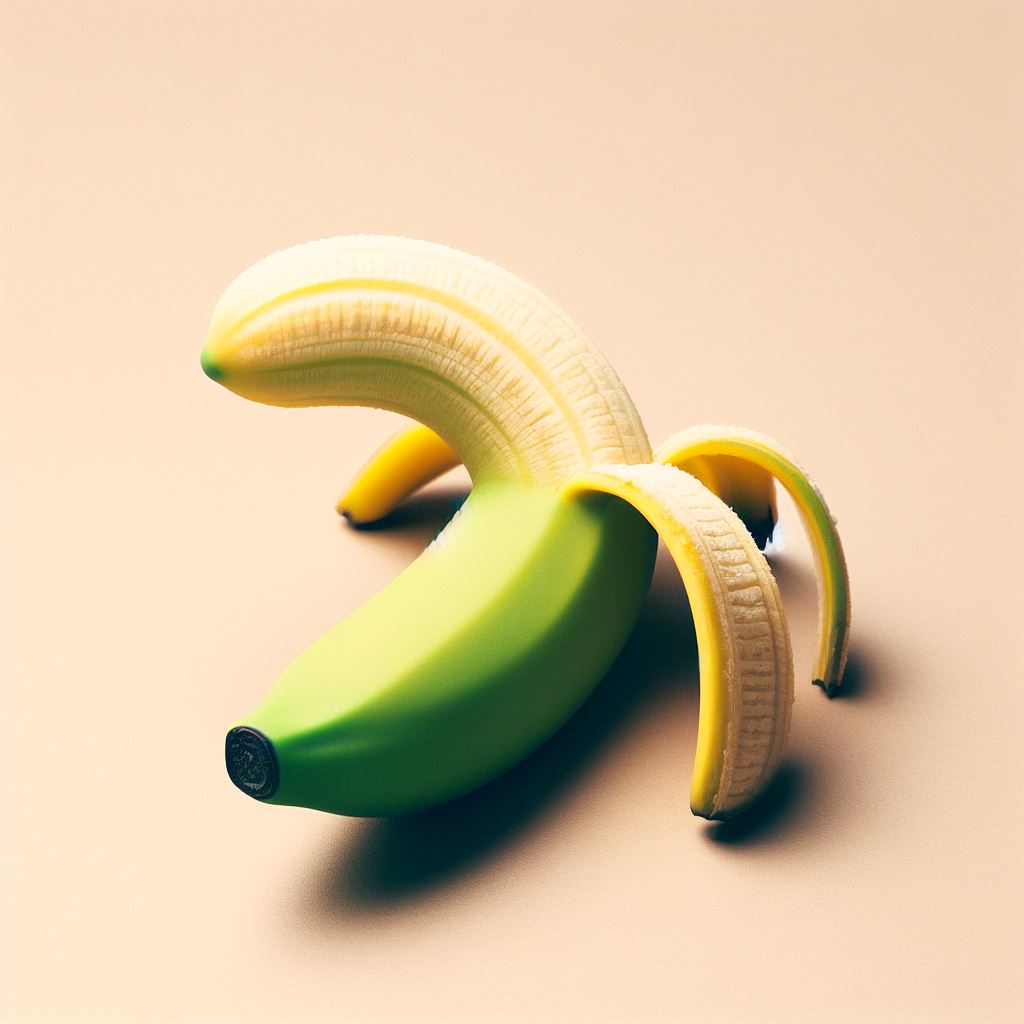Bananas are a beloved and versatile fruit, enjoyed worldwide for their delicious flavor and nutritional benefits. But have you ever wondered, “Which part of a banana is not edible?” In this article, we’ll take a closer look at the anatomy of a banana, explore what’s edible and what’s not, and delve into some interesting facts about this tropical delight.
The Anatomy of a Banana
Table of Contents
Before we address which part of a banana is not edible, let’s understand the different components of this fruit:
- Peel: The outermost layer of a banana is the peel. It’s thick, protective, and often discarded. The peel serves as a natural barrier, safeguarding the fruit inside.
- Fruit Flesh: Beneath the peel lies the soft and creamy fruit flesh, which is the part of the banana that’s typically consumed.
- Phloem Bundles (Stringy Bits): Embedded within the fruit flesh are small, stringy bits known as phloem bundles. While safe to eat, they are sometimes removed due to their slightly fibrous texture.
- Seeds: Unlike some other fruits, bananas do not have large, hard seeds. Instead, they have tiny, soft black specks that are often mistaken for seeds. These specks are indeed edible and usually go unnoticed when eating the fruit.
Edible Parts of a Banana
The primary edible part of a banana is the fruit flesh. This is the creamy and sweet interior that boasts the characteristic banana flavor. The tiny black specks, often referred to as seeds, are also considered edible and pose no harm when consumed. They are typically small and soft, making them inconspicuous when enjoying a banana.
Which Part of a Banana Is Not Edible?
The part of a banana that is generally considered not edible is the peel. Banana peels are thick, tough, and have a bitter taste. While they are not toxic, they are typically discarded due to their unappealing flavor and texture. The stringy bits, or phloem bundles, are safe to eat but are often removed as they can add a slightly fibrous texture to the fruit.
Uncommon Uses for Banana Peels
Interestingly, some individuals have explored creative ways to use banana peels. While it’s not a common practice, banana peels have been experimented with in various culinary and non-culinary applications. Some people have used them in cooking, smoothies, and even as a natural fertilizer in gardening.
Frequently Asked Questions
- Are banana peels poisonous?
- Banana peels are not poisonous, but they are generally not consumed due to their unappealing taste and texture.
- Can you eat the stringy bits in a banana?
- The stringy bits, or phloem bundles, in a banana are safe to eat but are often removed due to their fibrous texture.
- Do bananas have large seeds like other fruits?
- No, bananas have tiny, soft, black specks that are sometimes referred to as seeds. They are edible and are usually not noticed when eating the fruit.
- Are there any culinary uses for banana peels?
- While it is possible to use banana peels in cooking, it is not a common practice, and peels are typically discarded.
Conclusion
In conclusion, the edible part of a banana consists of the soft fruit flesh and the tiny black specks that are often mistaken for seeds. The peel of a banana, while not toxic, is generally not considered edible due to its tough texture and bitter taste. While some adventurous individuals have found unconventional uses for banana peels, the most common practice is to enjoy the delightful and nutritious parts of this tropical fruit.

